As travel habits continue to evolve in the post-pandemic era, more international visitors are turning away from whirlwind itineraries and bucket-list sightseeing. Instead, they are embracing a slower pace—immersing themselves in the rhythm of local life, seeking meaningful connections with people, culture, and nature. This movement, known as slow travel, is finding fertile ground in Vietnam’s lesser-known regions, where time flows gently and authenticity thrives.
Ha Giang: Life at the Edge of the Map
Tucked away in Vietnam’s northernmost mountains, Ha Giang is home to majestic karst plateaus, winding passes, and vibrant ethnic communities. Here, travelers trek through remote villages, learn traditional Hmong embroidery, cook with local families, or simply sit on a porch watching mist roll over rice terraces.
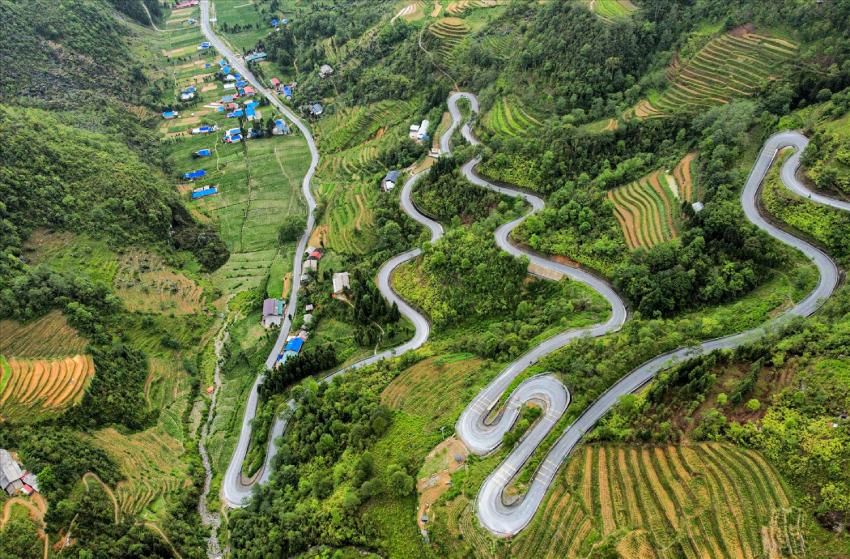
“Slow travel in Ha Giang means waking up to the sound of roosters, not alarms,” says Lien Nguyen, a homestay owner in Dong Van. “Guests come for the views but stay for the people.”
Moc Chau: Tranquility Among the Tea Hills
A few hours west of Hanoi, Moc Chau offers a refreshing escape with its cool climate, tea plantations, and blooming valleys. Travelers cycle through plum orchards, sip fresh milk tea at local farms, and take part in seasonal flower festivals. Far from the crowds, this highland haven invites quiet reflection and unhurried exploration.
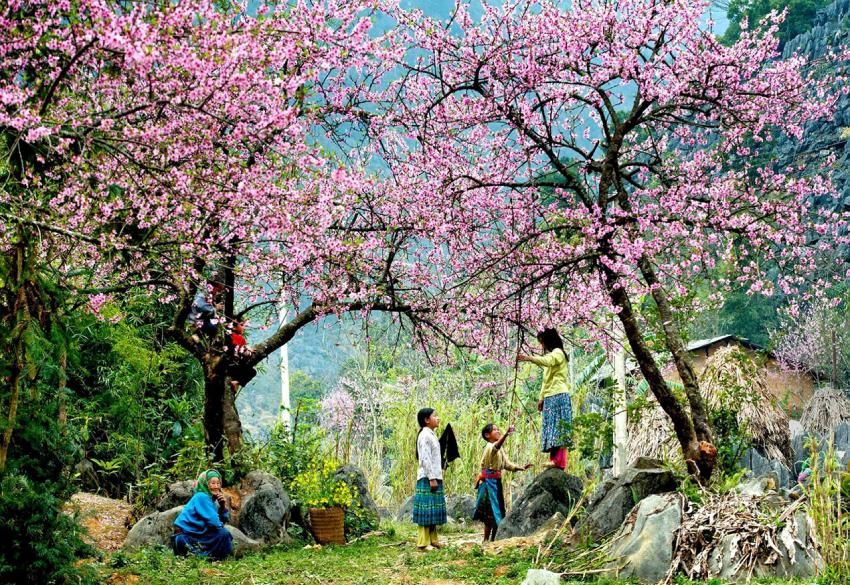
Kon Tum: Deep Roots in the Central Highlands
In Vietnam’s Central Highlands, Kon Tum offers an immersive cultural experience. Visitors can stay in traditional Bahnar and Jarai stilt houses, witness gong performances, or join community rituals. Many also volunteer with local NGOs or teach English in rural schools—building authentic relationships while contributing meaningfully to the region.
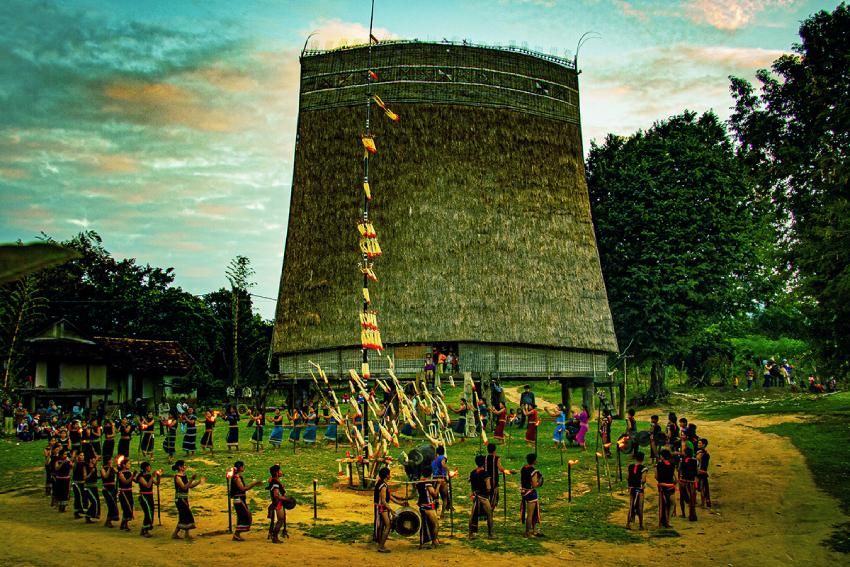
Pu Luong: Hidden Beauty in the North Central Region
Located in Thanh Hoa Province, Pu Luong Nature Reserve is a peaceful blend of terraced fields, bamboo forests, and ethnic Thai villages. Visitors hike through jungle trails, float on bamboo rafts, or enjoy a digital detox in eco-lodges nestled among the hills. It’s an ideal setting for travelers seeking serenity and simplicity.
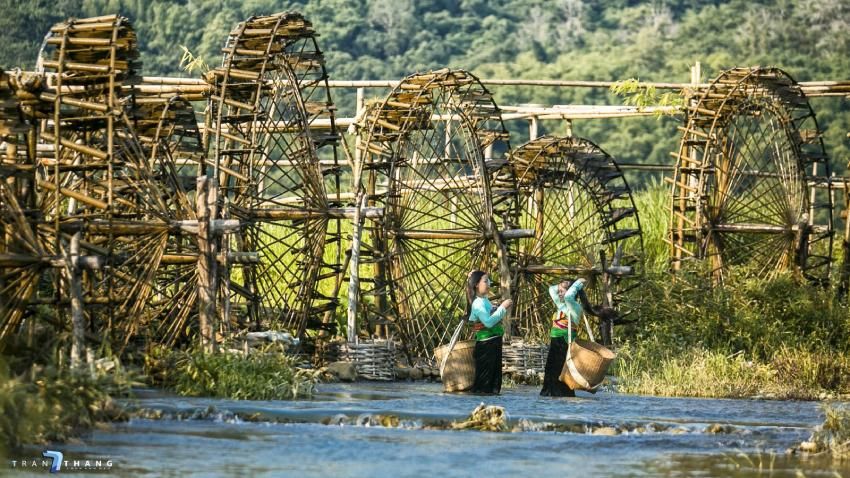
An Giang: Living Slowly in the Mekong Delta
In the deep south, An Giang offers a vivid glimpse into life along the Mekong River. Travelers explore floating markets, bike past sugar palm groves, and join Khmer communities in colorful festivals. The pace is gentle, the people are warm, and every moment feels rooted in place and tradition.
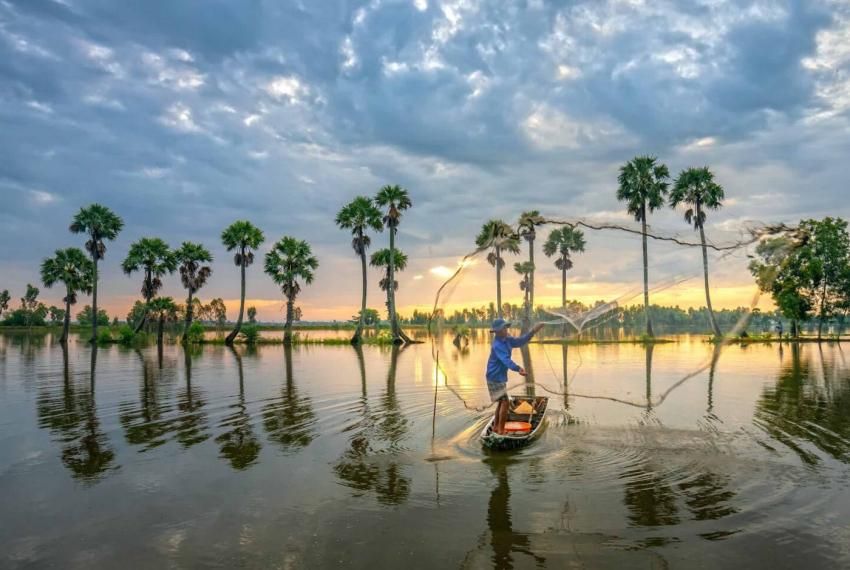
Phong Nha: Caves, Community, and Conservation
Beyond its world-famous caves, Phong Nha in Quang Binh Province has become a hub for sustainable tourism. Visitors stay in locally owned homestays, support conservation projects, and explore nearby villages by bicycle. Nature and community go hand in hand, creating an experience that’s both enriching and responsible.
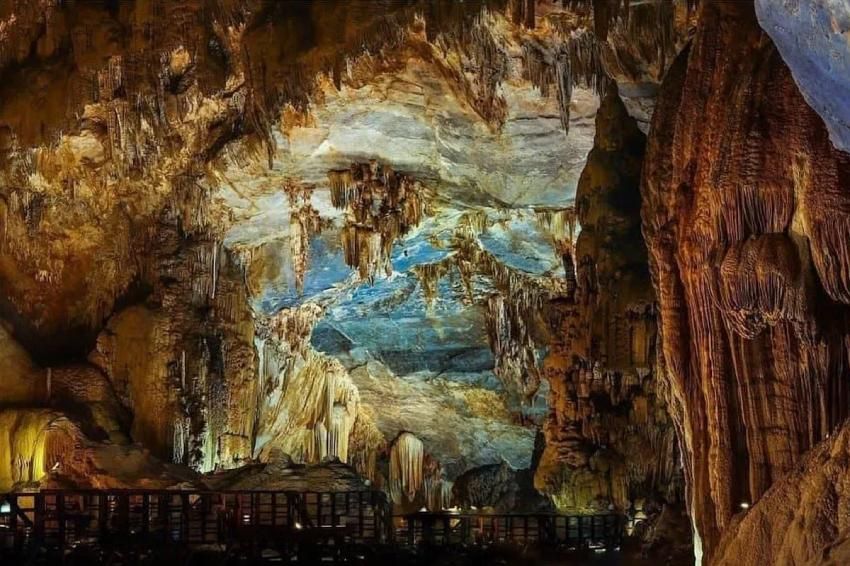
Why Slow Travel Matters
Slow travel isn’t just a trend—it’s a mindset. By spending more time in fewer places, travelers reduce their environmental footprint and make deeper connections with local cultures. Supporting family-run businesses, eating at small eateries, and choosing low-impact transportation like walking or biking all contribute to a more responsible and fulfilling journey.
Vietnamtourism-Hanoi is proud to support this conscious approach, offering thoughtfully curated itineraries designed for immersion, reflection, and authentic discovery—from the misty mountains of the north to the tranquil waters of the Mekong.
A New Way to Experience Vietnam
Slow travel in Vietnam is not about how far you go—it’s about how deeply you experience. It’s the warmth of shared meals, the wisdom in village stories, and the peace found in the silence between destinations.
For those seeking more than just sightseeing, Vietnam’s hidden gems are ready to welcome you—one mindful step at a time.




